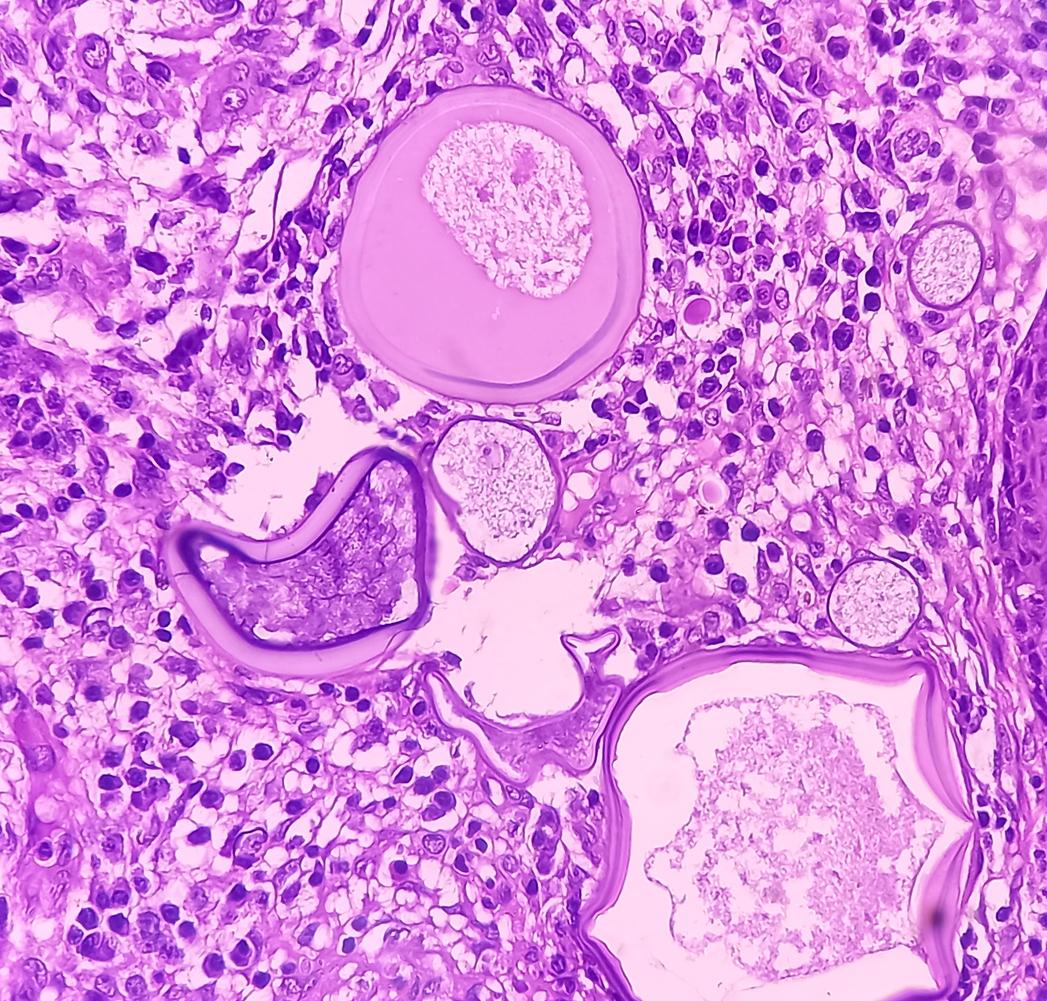Thanks to advanced technology, it becomes possible to spot tiny cancerous tumors that were difficult to detect before. Scientists hope to be able to use this technique successfully in the near future.

The most common ways to detect cancerous tumors are imaging techniques, including computed tomography or MRI, as well as biopsies. However, these methods are not always able to detect micrometastases, or microtumors, which are too small to be easily and reliably located. Knowing these limitations, researchers from Rutgers University (New Brunswick) embarked on a new study. It allowed them to discover a way to spot the smallest cancerous tumors. A breakthrough that could allow practitioners to effectively monitor the origin of cancer and its spread in the body.
Locate and control
” We always dreamed that we could follow the progression of cancer in real time, and that’s what we did here, we followed the disease in its infancy, welcomes Professor Moghe, responsible for the study. Now we know the address of the cancer. For research purposes, the team worked with a model of human breast cancer by injecting nanoprobes. These are carried by the bloodstream, allowing researchers to get a quick and reliable picture of where cancer cells are located in the body.
Professor Moghe says nanoparticles could successfully detect more than 100 different types of cancer. This method could be used to screen for cancer in humans within 5 years. If this is confirmed, the use of nanoparticles could allow much faster detection and much more precise control of cancer.
.

















